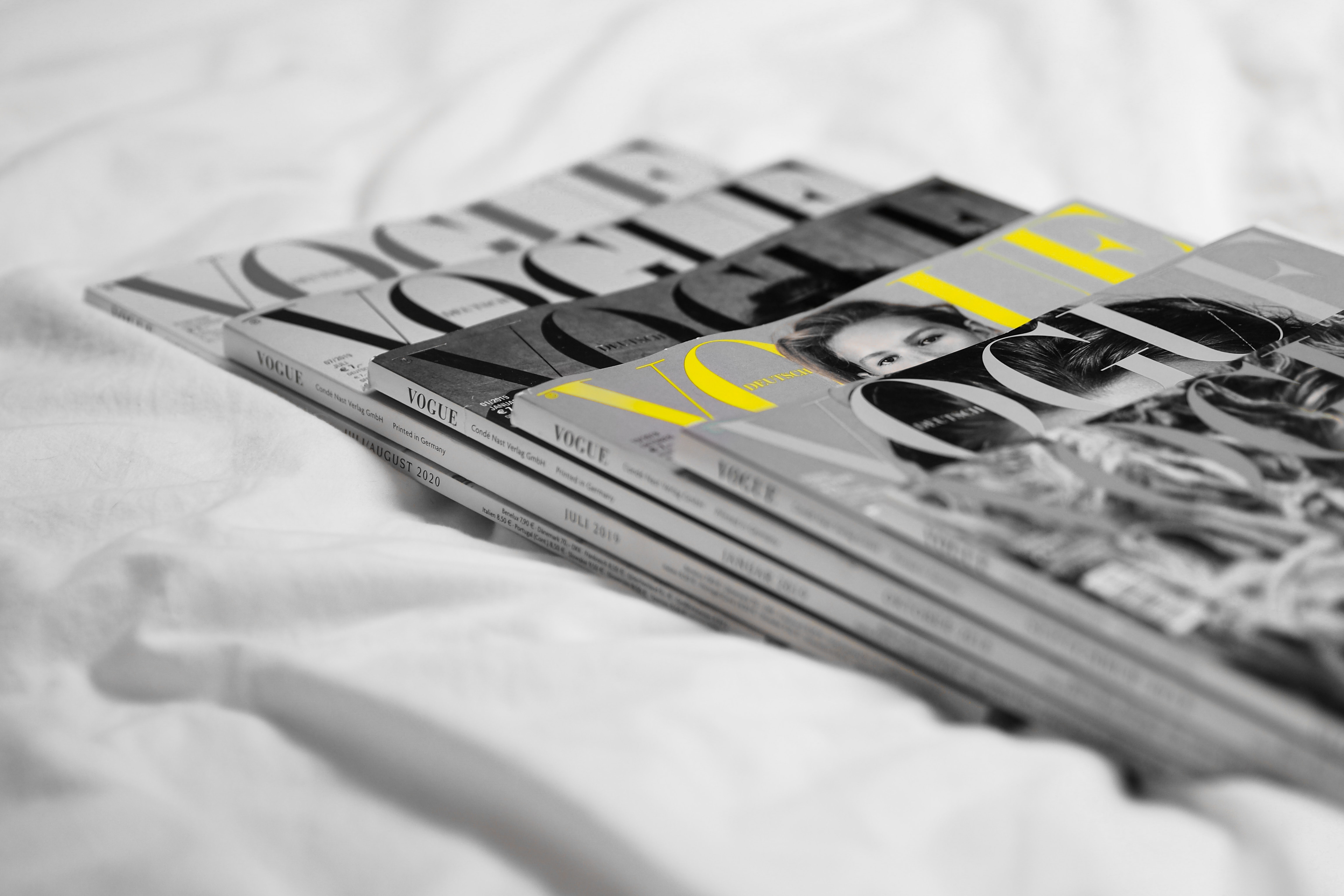In a world of glitz and glamor, nothing is more important than a youthful image. In order to be praised in the latest issues of reputable fashion magazines, pop culture has ensured that directors, actors and models must always be dolled up when it comes to attending red carpets and doing photoshoots. This could be a struggle when the newest trends fade in and out constantly, but it may not be as difficult as the desire to remain young and beautiful. While the desire to be on-trend will always be present, aging is inevitable
The fascination of youthfulness is nothing new. It has been immortalized in legends such as the Fountain of Youth and literature such as “The Picture of Dorian Gray” by Oscar Wilde. However, it seems the entertainment and fashion industries have amplified it. In the Western societies they are a part of a trend where tight, clear and glowy skin is in, and where wrinkly, blemished skin is out. Both industries are places especially critical of women as even legendary actress Meryl Streep expressed her concerns in a 2016 interview with the Wall Street Journal.
“I remember as I was hovering around 40, I thought each movie would be my last, really,” Streep said. “And all the evidence of other 40-year-old women at that time — this is 27 years ago—would lead you to believe it was over.”
This is interesting when considering Meryl Streep’s level of success as well as the privilege she may have in obtaining jobs in comparison to Asian actresses. Meryl Streep is a staple of the entertainment industry, embodying ideals such as blonde hair and blue eyes. If she was worried about her position, what does this mean for women of color, who are seen as outsiders to a predominantly white, male industry?
Such industry preferences make this all the more surprising when Vogue, arguably the most renowned fashion magazine there is, decided to put a 106-year-old Filipina woman in their Vogue Philippines beauty issue. But not only was this woman in Vogue — no, she was put on the cover.
Typically when flipping through the fashion magazine, its pages are lined with Western models and actresses including Nicole Kidman and Lady Gaga. Even though pages did feature prominent POC figures, it wasn’t until August 2022 that Vogue would begin their Philippine issues.
With this new branch came not only a new source for pop culture and fashion news but also a new message. Vogue Philippines’ editor-in-chief Bea Valdes, also one of the first Filipinas to be featured in Vogue, spoke to their publications’ intent in a Vogue 2022 article.
“Through the content in Vogue Philippines and its platforms, we hope to showcase the Philippine fashion identity, by connecting us to the global community,” Valdes said.
The magazine did just that when the March 2023 issue featured Apo Maria “Whang-Od” Oggay, the oldest person in history to cover any issue of Vogue. But Oggay is not an actress or even a fashion designer — she is a tattoo artist.
Hailing from Buscalan, Oggay is the first and only female mambatakok, a traditional Kalinga tattoo artist, of her time. The artist participates in batok, the art of tattooing one’s body with tribal art and design, imprinting sacred symbols of ancestors. With the unique design and experience, it is no surprise that thousands flock to get the work done.
However, for a time, batok on women was considered to be shameful when American Catholic missionaries arrived in the village. Rather than a sacred work, the art was forcibly transformed to one of shame in order to conform to Western standards. While the United States was carrying out its belief in Manifest Destiny, many in the Philippines would continue their dedication to the practice. Oggay even displayed a similar dedication during the era of COVID-19, as she maintained her practice to make sure the craft did not die out.
I believe this cover also redefines beauty standards. Not only do we get to see a woman of color front-and-center, but we can also embrace her features that come with aging rather than scrutinize them. Her makeup, which consists of only a simple red lip, brightens her face and natural beauty. The cover does nothing to block her stunning skin and instead highlights her wrinkles and tattoos.
This decision is one of few in the beauty industry to promote the grace of aging, and its success may lead to many other similar covers. However, a counterpoint that may need to be acknowledged is that perhaps this move relied more on the woke agenda, creating false inclusivity in order to promote their brand. In a 2021 Forbes article, it was recognized how Americans are beginning to identify more as socially liberal rather than conservative. This has led to many in the entertainment industry adjusting to the masses in hopes of a higher profit.
Currently, the artist has chosen her grandniece as her apprentice, who has been able to take this work outside of Filipino land and preserve the art for a new generation. Ultimately, this is a monumental event not only to highlight the wisdom that age can carry but also incredibly important to share the Filipino culture to Western audiences. This shifts the norms of who will be on magazine covers.
Rather than focusing on one’s facial features to bring them praise, perhaps we should be looking at the techniques and artistry they are keeping alive. For many people, it is an emotional experience to see their values and traditions represented outside of their motherland as they can share and reconnect with their roots. Similar to how these tattoos will never disappear, one’s culture will never disappear if cared for properly.
Featured Image: Photo by Laura Chouette on Unsplash

Comments are closed.